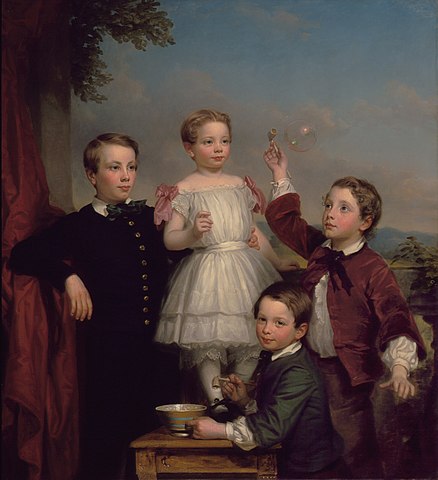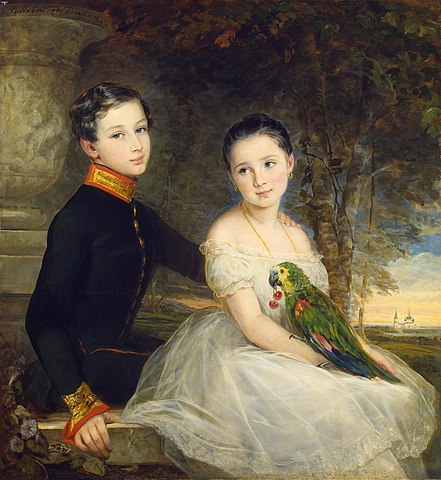
Thammasat University students who are interested in law, political science, education, sociology, and related subjects may find a newly available book useful.
The Rights of the Child: Legal, Political and Ethical Challenges is an Open Access book, available for free download at this link:
https://brill.com/edcollbook-oa/title/61923?rskey=CzVqBu&result=1
The TU Library collection includes other books about different aspects of the rights of the child.
The United Nations Convention on the Rights of the Child (UNCRC) is an international human rights treaty which sets out the civil, political, economic, social, health and cultural rights of children. The convention defines a child as any human being under the age of eighteen, unless the age of majority is attained earlier under national legislation.
Thailand ratified the 1989 Convention on the Rights of the Child on 12 February 1989.

The book’s introduction states:
Whatever the disciplinary perspective, whatever the children’s rights principles involved, and whichever children are the focus of the analysis, it is always useful in any study of children’s rights to step back and reflect on what makes children’s rights distinctive. Why do or should children have bespoke versions of human rights, and how, if at all, do these rights differ from those of adults?
Children are, of course, humans; at least in theory, children have all the rights that adults enjoy in a range of human rights treaties. From the Universal Declaration on Human Rights (udhr) to the twin covenants, children fall not only within the definition of ‘human’ or ‘everyone’ but also have additional human rights due to their status as children. Until 1989, these additions were very limited. […]
The adoption of UN Convention on the Rights of the Child (1989) (the ‘CRC’ or ‘Convention’) provided global recognition that children would require many more ‘special protections’ if their human rights were to be realized. […]
What actually makes children different from adults? […] Most people respond by suggesting that children are more vulnerable to harm or are dependent on adults. For the most part, adults define children in terms of a deficit – children lack what adults have. It is important to understand these typical conceptions of children, as they are often the very same as those held by the adults who drafted the Convention. The content of the CRC reflects this fact; a huge portion of this convention is dedicated either to protecting children from harm or securing their development.
The preamble of the CRC, although not legally binding, provides an initial insight into the assumptions that underpin the drafters’ rationale and conceptualization of children. The text is overtly paternalistic, asserting for example that childhood is entitled to ‘special care and assistance’, and reiterating the statement of the 1929 Declaration of the Rights of the Child: ‘the child, by reason of his physical and mental immaturity, needs special safeguards and care, including appropriate legal protection, before as well as after birth’. However, while the preamble emphasizes protection and care, the content of the CRC is much more comprehensive, capturing not only a wide range of new protections from harm but also a largely untouched set of civil and political rights, including the right to freedom of expression, privacy, association, and assembly. I say largely untouched, but there is a significant omission – the right to participate in political life, including the right to vote, is omitted – and this issue is now receiving much attention. That said, the inclusion of all the other civil and political rights underscores the fact that children are also entitled to these rights, a fact that is often misunderstood or misrepresented in practice, with child activists and human rights defenders experiencing a range of restrictions that would not be imposed on adults.
The CRC has received much criticism, and rightly so. Looking at the Convention through the lenses of feminism or post-colonialism, for example, will expose some of its flaws. However, it has also been accused of being ‘adultist’ – a criticism that one might not expect about a treaty designed to enhance human rights protections for children. One example of this is the fact that Article 2, the CRC’s comprehensive discrimination provision, does not include ‘age’ as a protected category. Many of us who work in the field of children’s rights are fully aware of the justified criticisms of this politically negotiated compromise, yet we continue to promote its implementation.
Why? For others in the field and for me, the CRC affords children all (or at least nearly all) of the human rights given to adults, but children also receive additional protections that recognize their lived realities: they are all still developing; some may be more vulnerable to harm; and crucially, all will be living in contexts (families) where others will and indeed often must make decisions for them. All of these factors mean that for children to enjoy the fundamentals of human rights (dignity, equality, and respect for their worth as a human being), they need bespoke versions of human rights. These are not different rights but articulations of the same human rights for the distinctive social context of childhood.
Article 12, which provides for the child’s right to have their views sought and given due weight in accordance with their age and maturity, is an interesting case in point. Some have argued that it detracts from children’s human rights, limiting their right to freedom of expression through the emphasis on their age and maturity. I, on the other hand, struggle to see how that is possible when
Article 13 means that children continue to have the same right to freedom of expression as adults. For me, Article 12 gives an additional entitlement that recognizes the reality – that many decisions are made about and for children, and that this places an onus on those tasked with making those decisions to ensure that children’s views are sought and taken seriously. Adults have no equivalent right because there is an assumption (probably also partially erroneous) that adults always get to make decisions for themselves. I asked you to think about what makes children different from adults. When we ask children the same question, as I have done many times, their answers are usually very different. They see adults as having a deficit as well: adults have no time to play, have too much responsibility, are too worried or serious. This difference in perception is also important, as there is no doubting the irony of children having a treaty written for them and not together with them, and there is also no doubt that the CRC might have been different (although not perhaps as much as is sometimes suggested) had children been involved in drafting it. Would children have been less paternalistic? Probably not. Would they have added civil and political rights? Probably yes in respect of the right to vote. However, the reality is not that children do not enjoy the ‘participatory’ civil and political rights of adults but that the additional ‘protection’ rights afforded to children are sometimes used by adults to limit children’s autonomy, and often in ways that are not necessary or proportionate. This is not a failure of the Convention but of public understanding and implementation – a reality that makes the study of children’s rights on which you are about to embark so crucial.

(All images courtesy of Wikimedia Commons)
